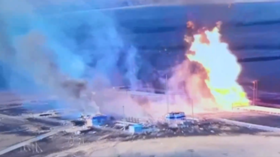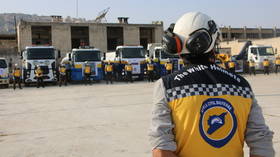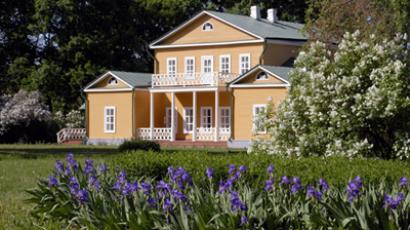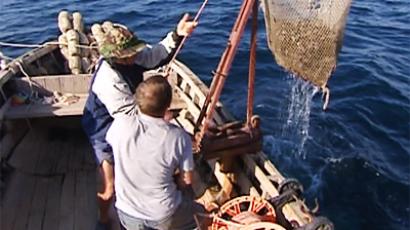Russia’s oldest city: 5,000 and counting
RT travels to the country’s southernmost and oldest city. First mentioned by Ancient Greek historians, Derbent maintained strategic importance in the region for millennia and may have been the cradle of Islam in Russia.
The city’s present-day name is Persian in origin and is translated as “narrow gates”. In Arabic it was called Bab al-Abvab, or “the gate of all gates”. Many other names it had over its turbulent history also play on the idea of a closed doorway in one way or another.The reason is that Derbent is located in a spot where the Caucasian Mountains are only 3 kilometers from the Caspian Sea. It is also one of only two crossings over the mountain range. Naturally, it was a perfect spot to levy taxes on passing merchants and fending off raiding forces.The spot was of great interest to a number of empires over its history. Several Roman expeditions to conquest the Caucasus had its capture as one of the key objectives. Later it was one of the points of competition between Byzantine Empire and the pre-Islamic Persian Sassanid Empire.In the mid-5th century AD, Derbent received its present name and its most spectacular feature – the twin stone walls stretching from the mountains to the sea. The walls are 12 meters high on the average, three meters wide, and are separated by 300 to 400 meters. They even stretch some 500 meters into the Caspian Sea. The oldest part of the city is situated between the two structures. Originally the walls had 73 towers, but the southern one was partially dismantled in the 19th century, so only 46 remain. The fortifications also had 14 gates, but only nine of them still exist. The Narin-Kala fortress, which still stands as the highest point of the city, is also part of the cyclopean defense structures.Historically the Derbent walls have been associated with Alexander the Great, who was said to have built them to defend the civilized south from the barbarian north. In reality the famous Macedonian general had nothing to do with them.The city’s Juma Mosque, the oldest in Russia, is the legacy of the Arab rule. It was built in mid-7th century by Arab Caliphate conquerors over a 6th-century Christian basilica. Many historians believe it was through the mosque that Islam spread northwards into Russia. At the height of Arab rule the city was the largest in Southern Caucasus spurring the population of more than 50,000.Derbent first became part of the Russian Empire in 18th century, when it was taken from the Persian Empire in the expansion effort of Peter the Great, but was lost a decade later. It changed hands several times as the two nations struggled for dominance in the region, and finally settled in Russia’s hands in 1813.Today Derbent is slated to become one of five key tourist destinations in the Russian Caucasus, as part of the ambitious investment project in the region.















